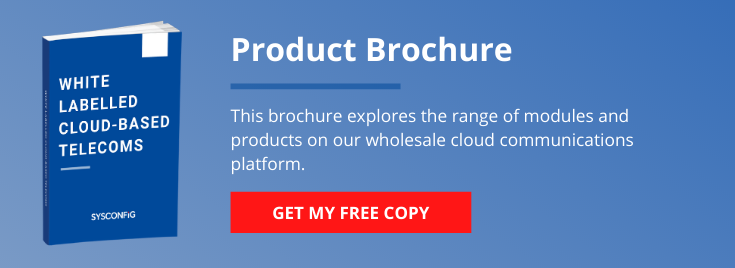As the BT ISDN Switch Off approaches (scheduled for April – December 2025) SIP trunking is becoming a hot topic in the world of business telecoms. What are these SIP trunks in practice, and why are they important? We answer five of the most frequently asked questions about the subject below:
1) What Does ‘SIP’ Mean?
SIP stands for "Session Initiation Protocol". Protocols are rules that govern the way in which data is transmitted between connected telecoms devices. This particular protocol type is used when dealing with interactive communication sessions, such as online voice or video chats.
2) What Is A SIP Trunk?
Until recently, most businesses used private branch exchanges (PBXs), which are connected to the main public telephone system (the Public Switch Phone Network, or PSPN) via lines that are capable of transporting voice calls, videos, and data digitally. These are known as Integrated Services Digital Network (ISDN) lines and bundles of them are referred to as "trunks". SIP trunks are the contemporary equivalent of ISDN trunks. They connect the devices operated by users within a group to each other, and to external devices, via the Internet. They are key components of contemporary cloud-based PBXs and one of the main successor technologies to ISDN lines after these are phased out.
3) What Benefits Does SIP Trunking Have For Businesses?
SIP trunking has a number of advantages over ISDN technology when it comes to corporate use:
- You'll need to use less telecoms hardware, reducing your set-up costs.
- SIP trunks can be set up quickly, remotely, and easily. Therefore, you don't need to worry about losing business while waiting for them to be installed.
- SIP trunks can carry telephone calls, instant messages, emails, and more, so they can play a key role in integrated communications systems.
- SIP trunk-based telecoms systems are cost-effective, as you can tailor the size of your system to suit your company's requirements.
- When you use SIP trunks, it's simple to upscale your telecoms system as your business grows, because you won't need to install physical lines.
- Numbers used for SIP trunk-based systems can be used anywhere and you can take them with you if your business relocates.
- The ability to layer new features and services over the SIP trunk that your in-house PBX may not support, such as call recording.
4) Which Type Of Businesses Should Use SIP Trunking?
SIP trunking can be used by an array of businesses, but it's particularly suitable for:
- Start-up firms who need scalable systems that will work for them as their businesses grow.
- Companies who do business internationally and want to keep their communications costs low.
- Businesses that need to alter their staffing levels at short notice due to fluctuations in workflow.
- Call centres that deal with high call volumes and want value for money.
5) Why Could SIP Trunks Be Great For UK-Based IT And Telecoms Companies?
BT will switch off its ISDN network in 2025, so the nation's businesses will need to move to more contemporary systems starting from this year. As a result, IT support and telecoms firms could boost their income by offering white label telecoms products from wholesale SIP trunk providers, such as Sysconfig.
Find Out More
To find out how your company could become a Sysconfig partner - book an appointment with us online today.
Image source: Pixabay








